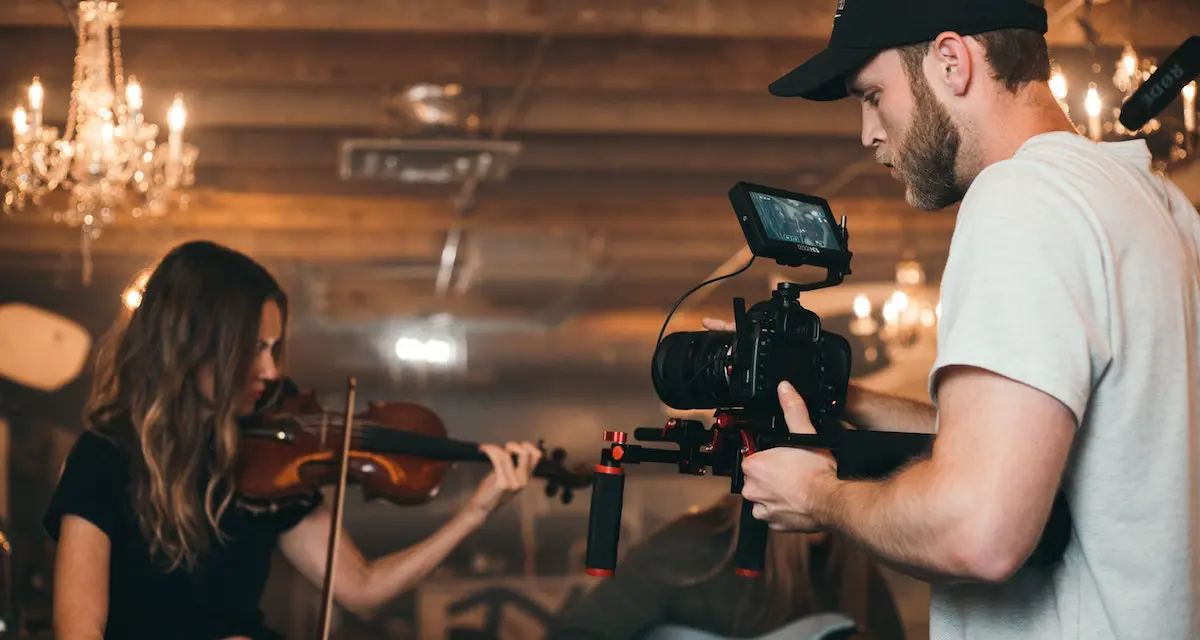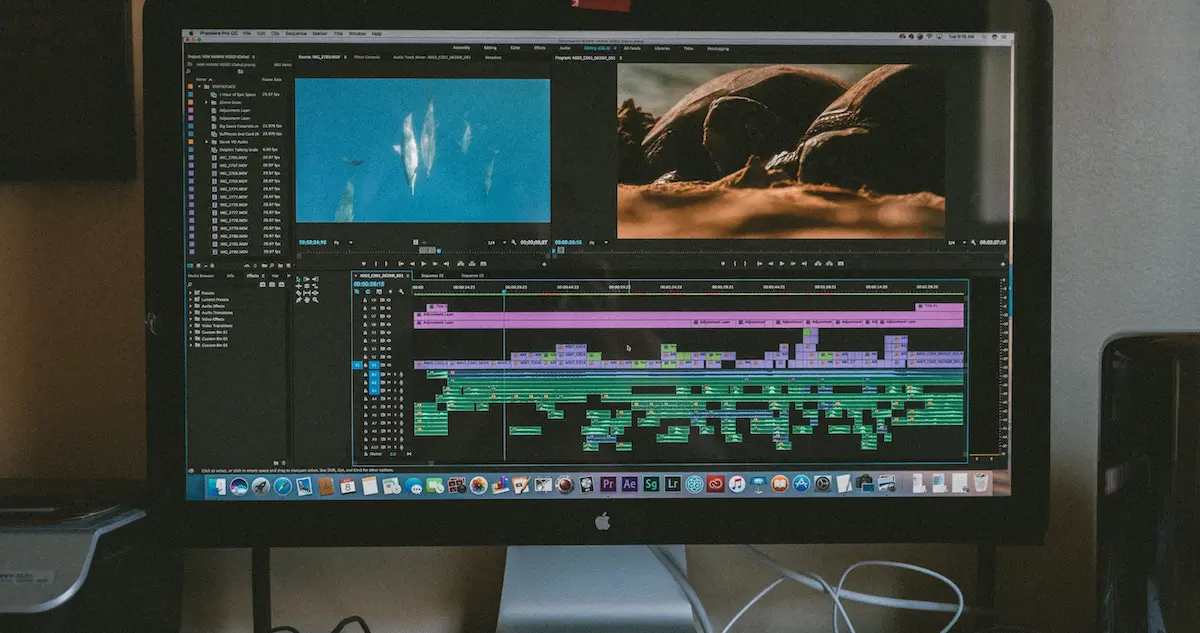Chances are good you’ll agree that most online videos today reveal a lack of good mixing. Either the music is too loud and the voice over too soft, or vice versa. How to mix music and voice over for maximum impact is a combination of art and science. Even if you’re relatively inexperienced, however, as long as you have a good pair of ears, it’s not that hard to do well. So if you’re someone who likes to get their hands dirty producing your own videos, this post is for you! We’ll talk you though mixing both elements in such a way that your soundtrack sounds stellar.
First of all, we’re working from the presumption that one of Voice123‘s fantastic voice actors has provided you with a great, well-edited VO, so you’re good to go. If the VO you’ve received is raw, check out this post first; it’ll have you editing the recording like a pro in no time.
Need help bringing your audio to life?
Hire freelance mixing and mastering experts to polish your sound, balance levels, and deliver broadcast-ready quality.
The voice over
One of the first things you need to do once you’ve drawn the voice over wave file into your digital audio workstation and lined it up with the video timecode-wise, is listen to the VO carefully so you’re certain it sounds the way it should.
Next, even out the volume of the VO by using compression and add a little bit of high-frequency EQ to enhance clarity and articulation if you feel the VO needs it.
Essentially, you want the voice over to cut through whatever else will be in the final product, like sound effects, etc., so you want the volume of the VO to be consistent throughout.
If it’s not, sections of the VO will get lost in the mix and that’s the last thing you want. One can’t simply increase the volume of the VO in places either; listeners are very sensitive to vocal communication and a voice over that keeps changing volume frequently quickly becomes a source of irritation.
The music

If you haven’t chosen music yet, finding useable royalty-free music is a breeze. We discuss some options here, but you’ll find lots to choose from via your internet search engine of choice.
Why music matters
A detailed discussion on the subject is beyond the scope of this post but suffice to say that the right music can amplify the clout of your message considerably. Few things create or enhance mood like music — try, for a moment, imagining a movie without a soundtrack!
Choosing music
Consider the overall tone of your message and then decide on musical genre. What will best reinforce what the voice over is saying? Some suggestions:
- Cinematic: a big, epic statement, so think orchestral.
- Corporate: compelling, driven, so think melodic electronic.
- Relaxing: calm, soothing, think ambient.
- Real: human, empathetic, a touch of melancholy, so think acoustic.
- Comedy: bubbly, fun, bright, exciting, think playful acoustic
- Cerebral: academic, intelligent, eLearning, so think mid-tempo electronic
- Gritty: attitudinal, confident, powerful, think rock
And so on.
Mixing
So how do you mix music and voice over for maximum impact? Well, you want the music to establish itself long enough to create mood, and then you want it to make way for your message. ‘Ducking‘ is a well-known methodology that’s been standard practice for decades. It’s used because it works. But there’s sensitivity involved in getting it right. Achieving a seamless blend of words and music takes care.
In the final analysis, you want the music unobtrusive but present. Don’t let the music sound like it’s breathing by pushing up the volume too fast between phrases or where there are longer pauses in the VO. Be gentle — unless the cuts prescribe otherwise.
It’s often a good idea to mark key frames in the video and then gradually lift the music so by the time there’s a break in the VO, the music simply ‘bleeds’ into the space. It’ll take some practise, but getting it right is rewarding. You can also hire a freelancer for mixing and mastering from Voice123 because these professional voice actors understand how to blend audio and voice over for impactful projects!

What the music does at the end of your video is also important. Simply cutting it off or quickly fading it out can leave your audience dissatisfied. They’ll likely think you’re both sloppy and lazy. You certainly don’t want to leave them with negative thoughts about your product or service! Best is if shorten the music but cutting a chunk out of it and building in a crossfade underneath the voice somewhere in the middle of the timeline. Get the music to end naturally with the video. The effort will be worth it — you can take our word for it.
Some engineers recommend putting the whole final mix through a mastering compressor/limiter plugin (most DAWs today have these), but in our experience it’s not necessary.
If you keep these points in mind when you mix music and voice over for maximum impact and you’ll have a top-class video to market your product or service. Go for it!

